Site of Continental Iron Works
Where the Monitor was launched and ushered in the age of the "ironclads."
The year is 1851, and shipbuilding has become the primary source of business alongside the East River. Greenpoint joins in the fray with Webb & Bell and Continental Iron Works, the latter of which builds the Ironclad USS Monitor in 1862. Built in three months and launched on on Jan. 30, 1862 the Monitor would become such an iconic ship that hundreds of ships were built in the same design after and were all referred to as “Monitors.”
Designed by John Ericsson (honored in the muscular nude statue at McGolrick park) and built by Thomas Roland and the crew at Greenpoint Iron Works, the USS Monitor faced a battle with the CSS Virginia in 1862.
The battle made history in naval warfare because, while iron ships existed before the Monitor, this was one of the first times that ironclads fought each other. Though not particularly impressive to look at - it was called a “cheese-box on a raft,” - it marked a turning point in ship design as the sail powered wooden ships were clearly unable to withstand battle with the iron hulled steam powered ships.
The Confederates had their own ironclad of course, which had been pulverizing the wooden ships of the Union but on March 8, 1862, when the Confederates steamship the Virginia (built from the remains of the Merrimac) came to destroy a grounded Union ship, they found the Monitor blocking their way.
As the two ironclads battled it became clear they could do rather little damage to each other with their guns. The battle was something of a draw, with the temporarily blinding of one officer on the Monitor the only casualty. The Monitor withdrew for a short time, and the Virginia decided to go for repairs and the Monitor did not follow. Each side felt the other had given up the fight and declared victory.
The inability of the ships to do serious damage with their guns inspired what became known as the “ramming craze.” From the 1860s to the 1880s in ironclads would attempt to sink each other by broadsiding the other ship. The ram craze ended with the adoption of the torpedo.
Continental Iron Works was rewarded many more contracts for iron hulled ships, but their time as shipbuilders was somewhat short-lived, ceasing all operations by 1889. At that time the company returned to their previously held position of iron manufacturing before finally closing its doors in 1949.



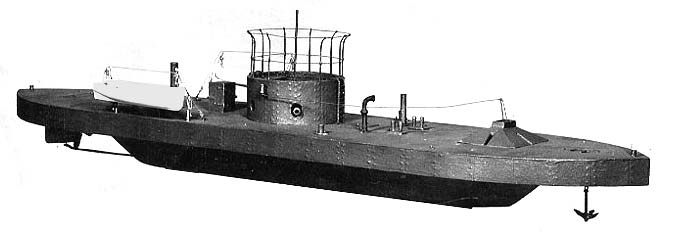


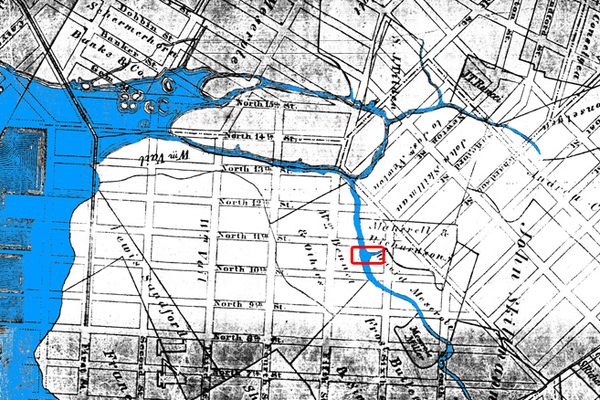
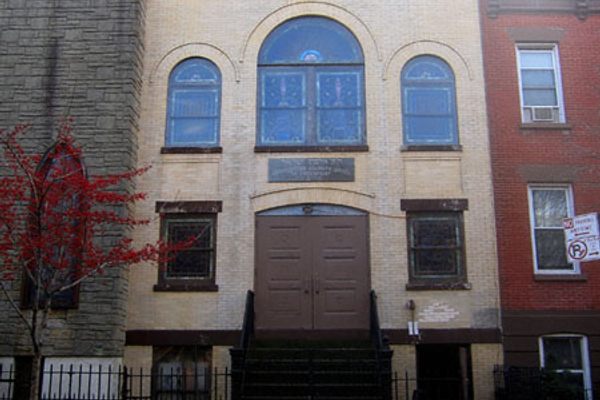

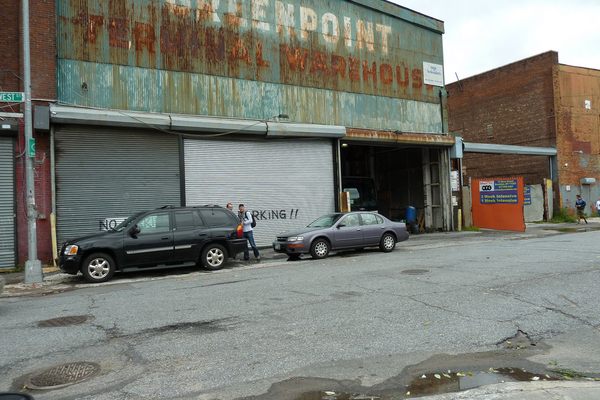
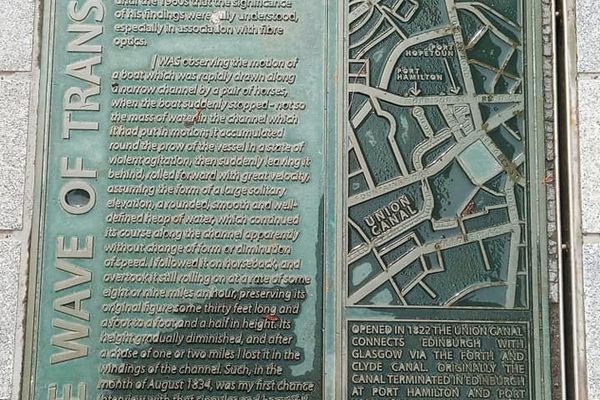
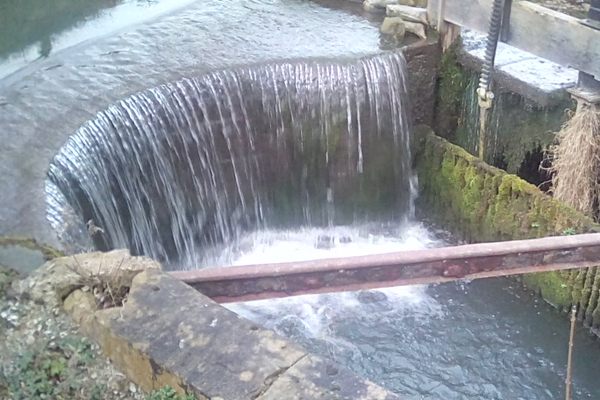



Follow us on Twitter to get the latest on the world's hidden wonders.
Like us on Facebook to get the latest on the world's hidden wonders.
Follow us on Twitter Like us on Facebook